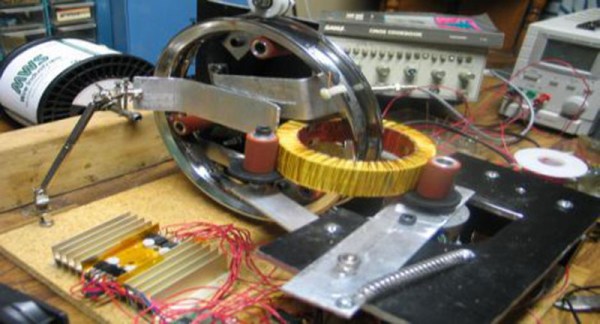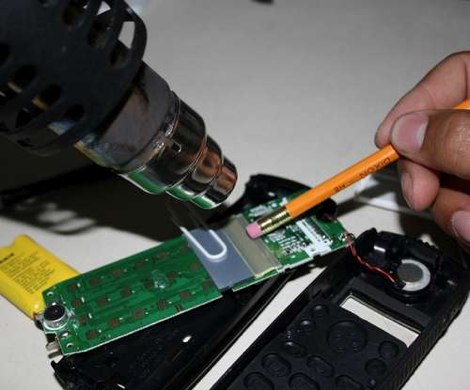
[Tim Williams] made his own induction furnace. A copper tubing coil forms the primary winding, as the material to be heated becomes the short circuited secondary. The load material is subject to high power magnetic fields operating at radio frequency. The rapidly changing field induces current flow within the material, creating a great deal of heat. The brute power required a cooling system to match. In the video below, the induction furnace can be seen melting common table salt.
















